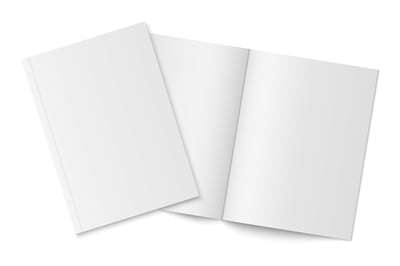April 30, 2019
 by Daniella Alscher / April 30, 2019
by Daniella Alscher / April 30, 2019
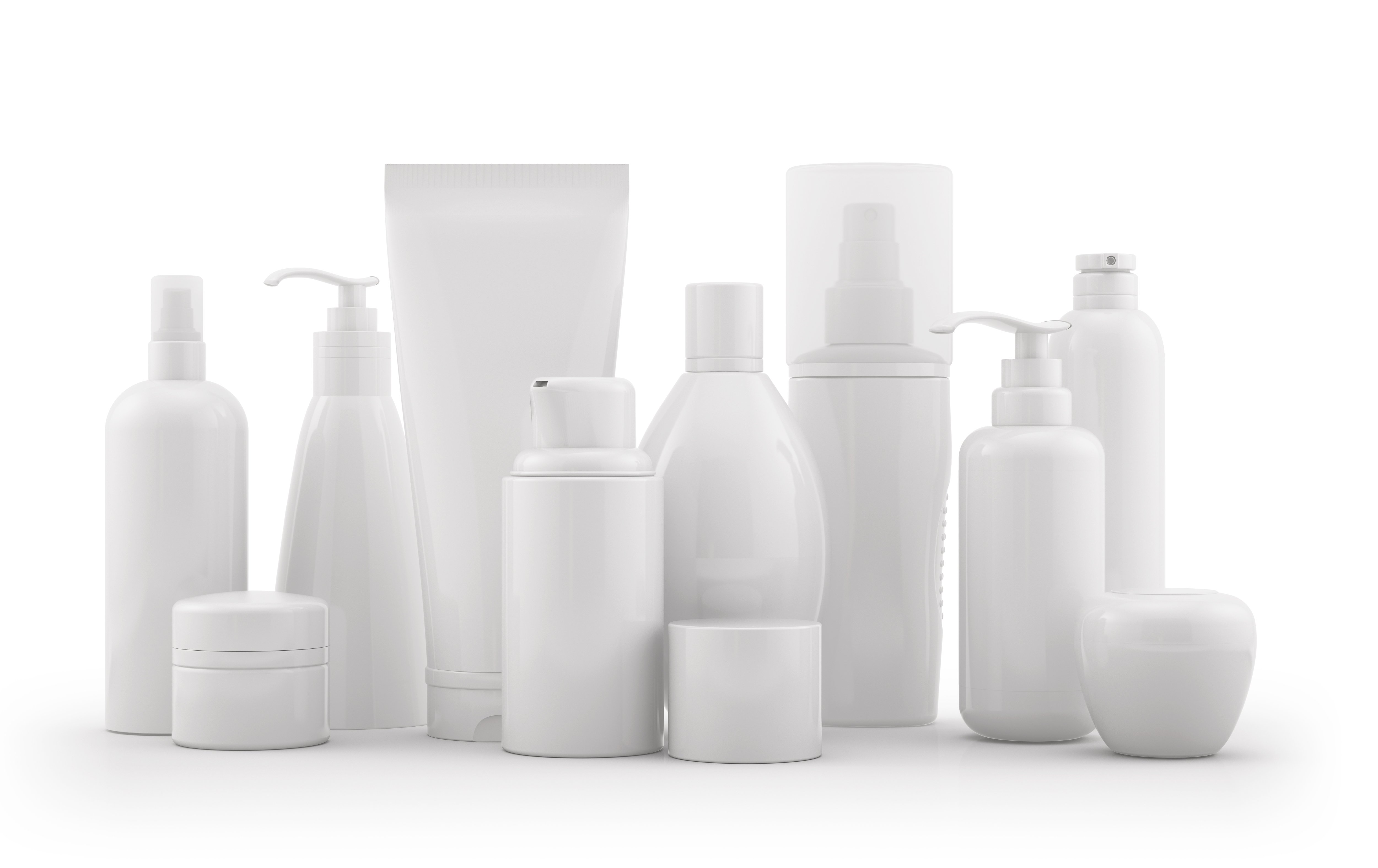
May 7th is National Packaging Design Day — mark your calendars!
The food you eat, the makeup you wear, the gadgets you invest in, and the vitamins you take every morning are all hidden away in little jars, boxes, and bags.
The packaging design of a product is more than just decoration; it’s all part of the customer experience.
We’re taught to not judge books by their covers, but when it comes to our buying habits, it’s almost all we do. In fact, 72% of consumers agreed that packaging design can influence their purchasing decision.
This is the exact reason a designer should take advantage of the packaging design around the product; it’s a marketing tool within itself.
Anyone can throw a product into a cardboard box and call it a package. But if you saw a shelf full of cardboard boxes, what factors would help you decide which box to choose?
Packaging design makes it easy to differentiate between products and the brands that they deviate from.
Packaging design is creating not only the graphics but also the physical container of the product that a consumer buys. Packaging design is crucial to not only the product itself but to the entire company because it becomes a memorable representation of a brand.
Your company isn’t going to want to be remembered for a fluke because of your design.
In order to avoid this, there are eight rules of packaging design that are important to follow.
Know your customer
Form follows function
Simplicity sells
Think of the brand
Test, test, test
Take a peek at your competitors
Stay in line
Prime printing
Before anything, know that the customer is of utmost importance. The customer is the one making the ultimate decision and will be the person to choose between your product and your competitors. Prior to designing, know the customer profile.
This is not only going to be helpful as you begin to integrate yourself into you or your client’s brand but having this knowledge will also make it easier to make decisions about your actual design.
Once you have an understanding of who it is you’re designing for, it’s time to know what you’re designing around. You may have some really neat ideas, but do they make sense for the product you’re designing around?
Ultimately, your customer shouldn’t be buying the product for the package design. They should be buying it for what’s inside.

Source: jinat’s journal
This package of butter isn’t like the ones you normally get at a restaurant — the designers cleverly provided a little knife as the cover to the butter. What else could you possibly ask for?
Don’t look at this rule as a constraint; see it as an opportunity! There are a lot of different ways you can twist a package design to make it better fit the product within. The more creative you get with this, the more it will stand out on the shelf.
Again, remember what your product is. Not every product calls for a unique design. If you’re designing a cereal box, remember that it has to be easy for both children and adults to hold onto, should be able to stand on its own, keep the contents in one place, and be easy to pour cereal out of. If you can think of a better idea than a box that fits all of those criteria, go for it!
The rectangular shape has been working for quite some time. You don’t always have to think outside of the box.
One of the hottest trends of packaging design over the past years (and the anticipated trend of 2019) is minimalism. And there’s a reason.
We like it when something works on the first try, when website URLs are easy to remember, and just a plain ol’ PB&J instead of an extravagant meal. In a world as complex as ours, simplicity is a joy.
So, to attract customers to a product, show them how simple it is with a simple package design. Minimal design comes off as attractive, elegant, and inviting.
Confused about what simple looks like?
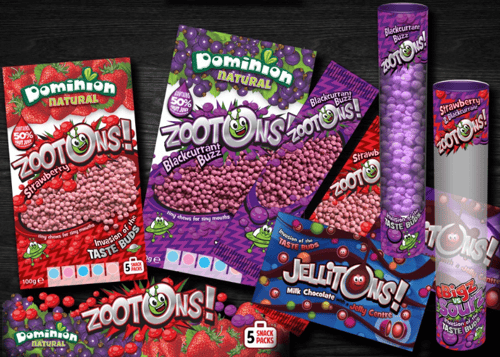
Source: Profile Design
It doesn’t look like this.
If you’re going to take the route of simplicity, make everything simple: fewer elements, reduced patterns, and minimal colors make a product look much more calm on a shelf filled with chaos.
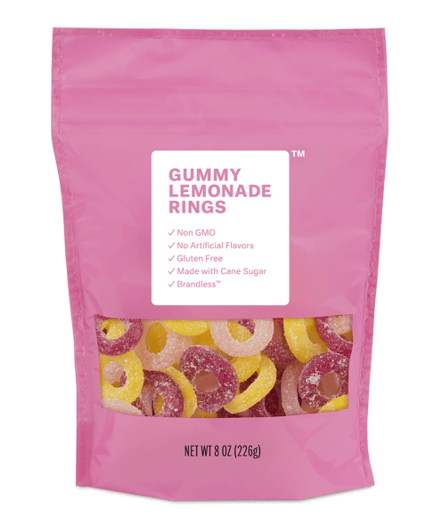
Source: Brandless
You don’t have to get this extreme, but take note at how much more appealing this design is to your eye. There are few colors, no pattern, and very little text. Even though the design is simple, it still manages to make the message and information about the product crystal clear to the customer.
Those are some of the design elements to keep in consideration, but when it comes to information, try to keep that minimal, too.
As consumers, we don’t have time to stop and read every line of text. By utilizing any of the best QR code generators, you can simplify the information displayed on your packaging design and provide quick access to additional details, instructions, or even promotional offers. With a simple scan of the QR code, customers can effortlessly retrieve the necessary information, enhancing their overall experience and saving their time.
As a designer, it’s important that you know what the main points are to get across on your packaging design. Often, it’s the name of the product, the name of the brand, and the logo. That’s it.
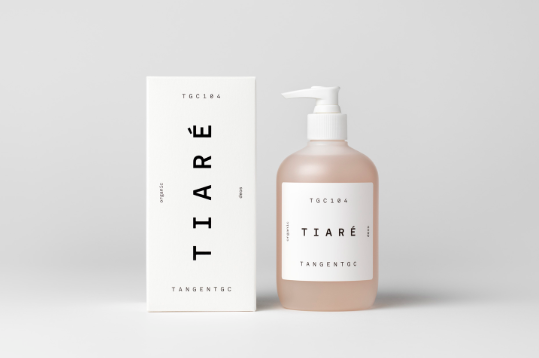
Source: BP&O
If that means you’re leaving out crucial information, forget about it. Always list the ingredients to food products and always disclose warnings on any products that could be potentially dangerous, such as dietary supplements or makeup. This knowledge is essential for the consumer and keeping it from them could land you in hot water.
Whether you’re creating a design for one product, or several, it’s vital to let shoppers know where the product is coming from.
Packaging design is a great way to radiate the company’s brand.
Apple, for example, is one of the most powerful brands in the world. It’s not just about their phones and laptops; it’s about how the products are presented. Apple's alluring TV commercials, elegant web design elements, and tempting ad design are just emphasis upon their product packaging.
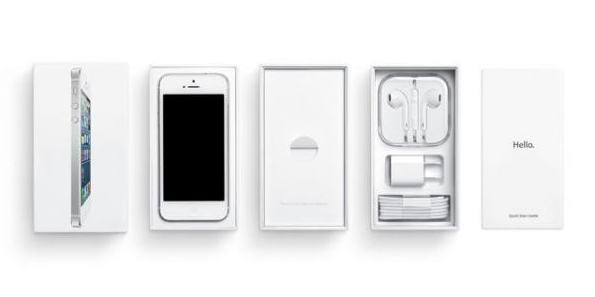
Source: Apple
Remember that the brand is unique to every individual company, and play with that. What makes this brand different from others? How can you show that in a design and make the product stand out on the shelf or online store?
After all, without this product, the company may not exist at all!
As a designer, you know your work is never complete.
There are an infinite amount of ways to display the information you’re providing consumers with on a package. Mockup several different ideas and look at them yourself.
Which option stands out the most to you and your friends? It’s important to get the opinions of others here - you’re a little biased.
You may have some really original ideas, but it’s always a good idea to study the ideas of the competition. Visit the stores at which your product will be sold and look at where it will be displayed. Know whether the product will be hanging from something, standing on a shelf, or on display in a checkout line.
If possible, take note of the brands displayed next to your space. See what kind of style they have, what materials they use for packaging, and the size of the package.
Knowing the competition shouldn’t make you feel intimidated; it should make you feel inspired to do what they’re doing, but better.
If you’re designing packaging for multiple products in the same line, it’s crucial to make it look like they’re related.
They don’t have to be twins or triplets but make them family. If the color isn’t consistent, keep the pattern there. Your packaging should allow for variation without straying too far from the fact that these products belong together.
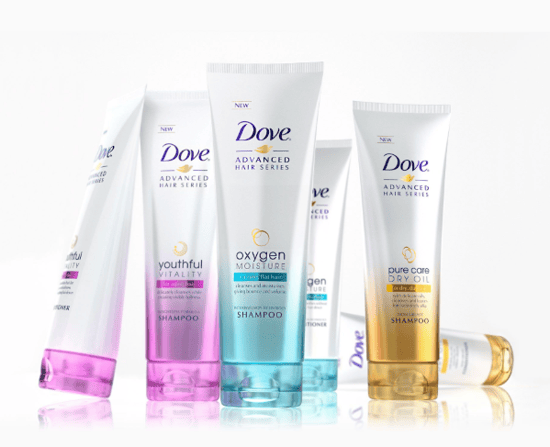
Source: Dove
Consistency amongst products only enhances the amount of recognition a brand receives. Show your company or client that you understand this.
If you’re designing an independent product, this is still something to keep in mind. That product may not be independent forever, and it’s imperative that you make your design adjustable...just in case.
This isn’t the same as printing a document - not even close.
It doesn’t matter how great the design is; if the quality of the package stinks, you’re not going to sell.
Once you choose the design you feel most comfortable with finalizing, make sure you have a printer that has experience with package printing. Now is not the time to guess around with the printer - if you don’t have the experience, don’t be shy about it.
This should be taken into consideration near the beginning of the design process to ensure that all of your hard work results in a great outcome.
There are printers that specialize in printing package designs, and those are the printers you should use. If you don’t have the proper equipment in your proximity, do some research and make sure that whichever place you choose specializes in package design printing, or at least has some experience with it.
These aren’t really rules, per se, but if they aren’t followed, you may end up with a mistake on the shelves that is difficult to undo. Packaging design depends on three things: the customer, the product, and the brand. It’s important that those factors are explored to the fullest extent in order to have the most successful packaging design on the market.
If you’re designing a package for co-branding, you’re going to have to think a little differently.
Daniella Alscher is a Brand Designer for G2. When she's not reading or writing, she's spending time with her dog, watching a true crime documentary on Netflix, or trying to learn something completely new. (she/her/hers)
There’s no doubt about it: graphic designer’s resumes can look awesome.
 by Daniella Alscher
by Daniella Alscher
Writing a summary of one thousand pages is hard enough – how are you supposed to summarize...
 by Daniella Alscher
by Daniella Alscher
Standing out from the crowd is a great feeling.
 by Daniella Alscher
by Daniella Alscher
There’s no doubt about it: graphic designer’s resumes can look awesome.
 by Daniella Alscher
by Daniella Alscher
Writing a summary of one thousand pages is hard enough – how are you supposed to summarize...
 by Daniella Alscher
by Daniella Alscher

